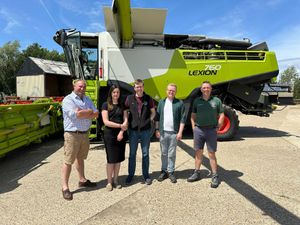Drive performance from grass
Turnout brings an opportunity for farmers and their livestock, alleviating some of the housing pressures.

The volatile raw material market heightens the need to concentrate on efficiencies. Ensuring cow health, focusing on optimal rumen function, and vitamins and minerals can ultimately help get the most out of purchased feeds, and your grass!
When we turn cattle out, there is a significant change to what the cow consumes, going from a largely “dry”, concentrated diet to a “lush” grass-based diet, typically, high in rapidly fermentable proteins and oil. If strategies are not in place, this can cause implications to rumen health and cow performance.
The importance of minerals and vitamins, involved in all the core functions of the body, are well known and if any mineral is at a deficient or toxic level, it will compromise metabolic functions and reduce performance. Magnesium deficiency is one that brings the highest alert around turnout. Adequate supplementation should be supplied to reduce the risk of deficiency.
Mineral levels should be balanced based on the herd mineral requirements. If buffering rates whilst at grass have dropped, mineral supplementation may need to be increased to continue to meet requirements and ultimately, optimise performance at grass.
Beth Howells, NWF technical development co-ordinator




